Today we’re talking valuable kitchen holiday real estate. The oven.
Next week, as Thanksgiving feast preparations get into full swing, how about freeing the oven by walking the holiday bird out to the barbie? Instead of tying up the oven for hours while roasting Tom Turkey, he can be in the gas grill or smoker grill getting nice and deeply brown while soaking up the great flavor of smoldering wood chips.
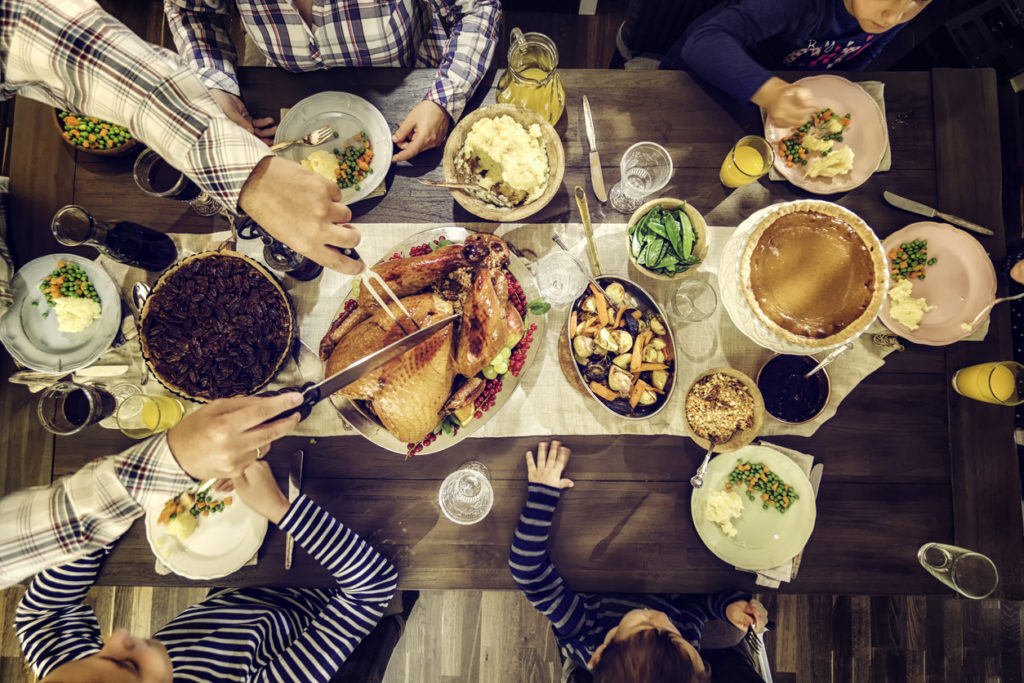
Photo Credit: GMVozd (iStock).
We talked to purveyors of barbecue equipment and picked up hints from the renowned founder of Barbecue University.
Dan MacDonald, co-owner of Colorado BBQ Outfitters, offered pointers about how to smoke a whole turkey.
Bean Sprouts cafe’s cookbook: Simple and creative recipes to spark kids’ appetites
“We teach the following method for smoking a turkey in holiday barbecue classes,” MacDonald said.
1. Choose Your Turkey Wisely
Do not buy an enhanced, kosher or self-basted turkey because they are pumped with salt.
2. Allow enough time for the turkey to thaw in the original packaging in the refrigerator.
This can take up to a week for a 20-pound turkey. Never thaw a turkey at room temperature. “Personally, I do not thaw in water either,” he said. “A day or two before smoking, I remove the organs to allow it to thaw quicker.”
3. Removes the plastic pop-up temp indicator.
“And throw it away. They are worthless.” He removes the Pope’s Nose (tail) and unties the legs. “I never stuff a turkey that I’m going to smoke,” he said.
4. Next seasons the bird.
“There are two types of bringing: Dry brining and wet brining. Dry brining is just sprinkling the turkey liberally with salt and placing it back in the refrigerator uncovered to allow the skin to dry out overnight. Wet brining (not injecting) involves submerging the turkey in a brining solution. Most people use pails, but I prefer a brining bag, so I put it back in the refrigerator.”
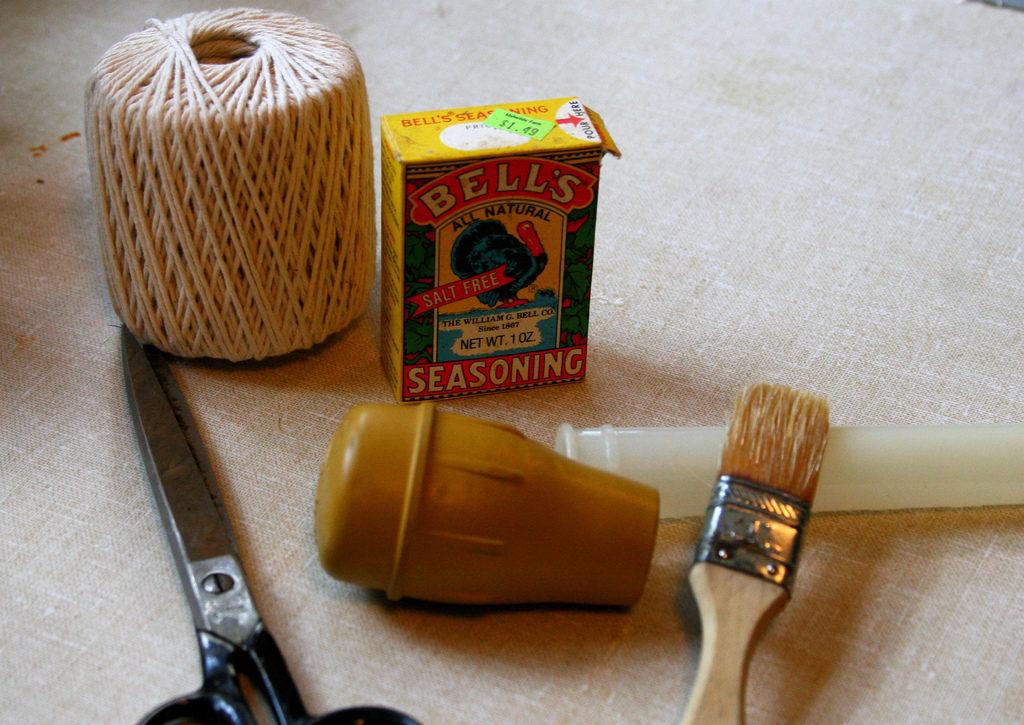
Photo Credit: Liz West (Flickr).
5. Smoke Your Turkey.
• MacDonald likes to smoke the turkey in a covered grill at 325 degrees using indirect heat. “Use sweet woods such as apple. That temperature will crisp up the skin while it smokes. I never let a turkey sit in a roasting pan. I always get it up out of the pan and let the drippings run down to be used for gravy later.”
6. Use a meat thermometer to check the turkey.
“A good digital thermometer makes this so simple,” he said. “I love the Maverick XR-40 wireless digital thermometer. Since it has a remote, I can bring it in the house, and it will sound an alarm when the bird hits a temp of 165 degrees; no more, no less.”
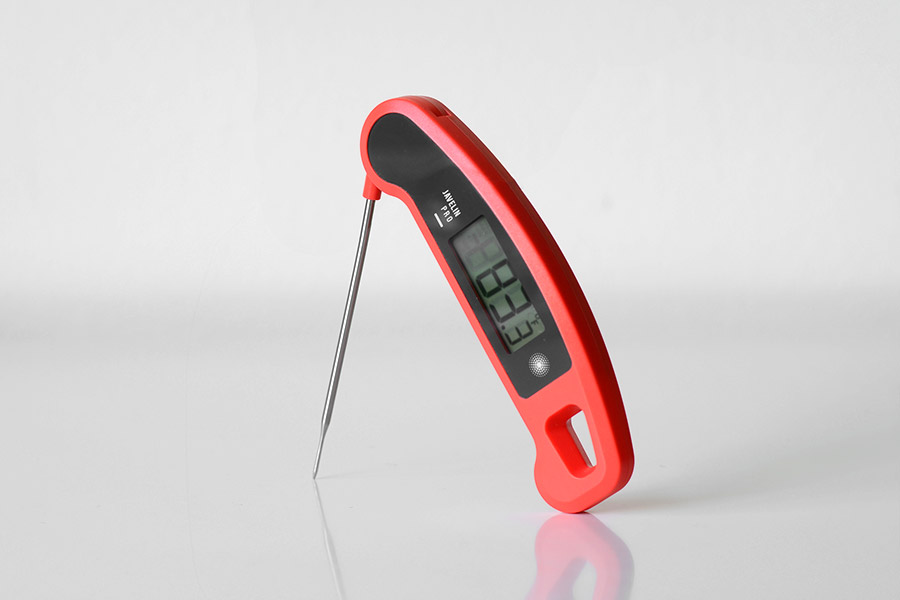
Photo Credit: Your Best Digs (Flickr).
Rachel McGee, site manager with Camerons barbecue and smoking products, recommends getting a Turkey Dunrite gadget and two cans of Flavorwood Bar-B-Q Grilling Smoke.
“Use a meat thermometer, and keep the temperature at 325 to 350 degrees and plan 15 minutes per pound for a turkey 15 or less pounds,” she said. “Or 20 minutes per pound for bigger turkeys.”
The Turkey Dunright is a stand with a tongue depressor-like gadget. You slide the turkey onto it so the breast hangs upside down. The rack is placed in a disposable aluminum foil pan and set on the grill. This allows all the fat from the dark meat to flow into the breast meat, which keeps the bird very juicy.
Need more convincing to take Tom Turkey out of the building?
“Over the last 30 years plus, I’ve cooked a turkey using just about every technique contrived by human ingenuity,” said Steven Raichlen, cookbook author and founder of Barbecue University.
“I’m convinced that smoking is the best way to cook a turkey. There is the burnished mahogany sheen the smoke gives the bird, not to mention the rich, evocative flavor of wood smoke, boosting the mild, forthright taste of turkey without camouflaging or overpowering it. The smoke imparts a flavor that is as distinctly American as barbecue itself. And the process frees up the kitchen and the oven for the side dishes and desserts.”

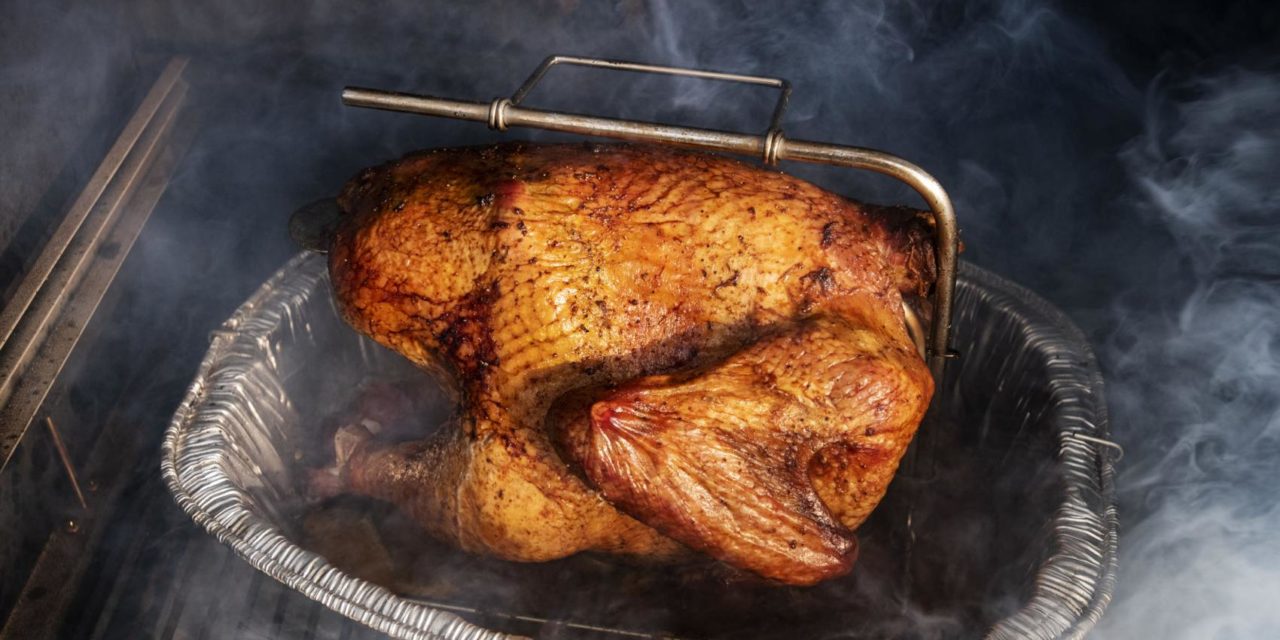 Photo Credit: Kelsey Brunner (The Gazette).
Photo Credit: Kelsey Brunner (The Gazette). 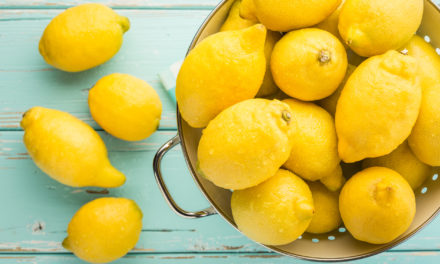
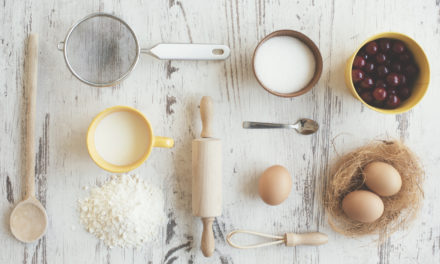
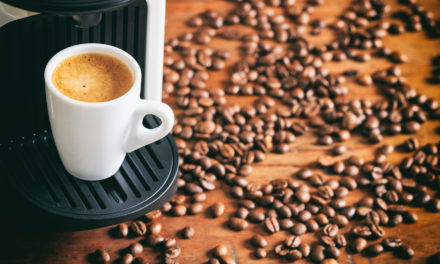
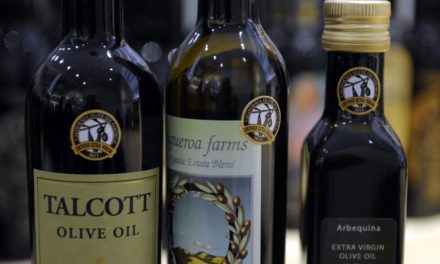
Comment on: 6 Easy Tips For Smoking Your Thanksgiving Turkey